Table of Contents
Toggle🧰 What Is a Torque Wrench?
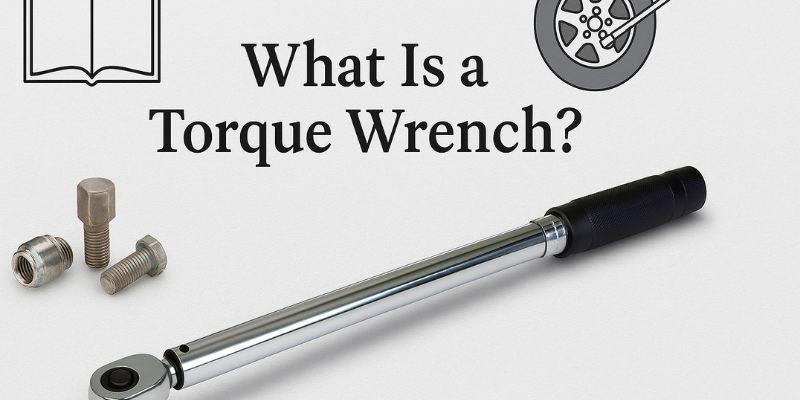
A torque wrench is a precision hand tool designed to apply a specific amount of torque (rotational force) to a bolt, nut, or other fastener. It ensures parts are tightened to the correct specification not too loose, not too tight.
This tool is essential in automotive, construction, aerospace, manufacturing, and even bicycle maintenance, where precision matters for safety and performance.
🧠 Why Torque Matters
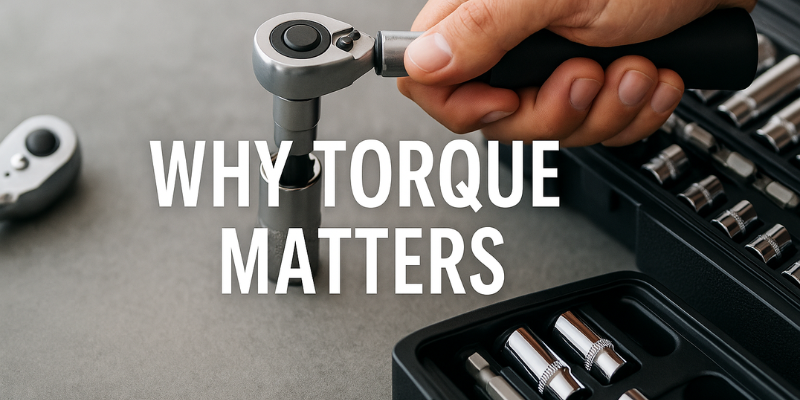
When you under-tighten a fastener, it can vibrate loose over time. Over-tighten it, and you risk:
- Stripped threads
- Cracked components
- Warped brake rotors
- Engine gasket failure
A torque wrench helps eliminate guesswork and ensures every bolt is tightened just right as per manufacturer specs.
This tool is essential in automotive, construction, aerospace, manufacturing, and even bicycle maintenance, where precision matters for safety and performance.
🔍 How Does a Torque Wrench Work?
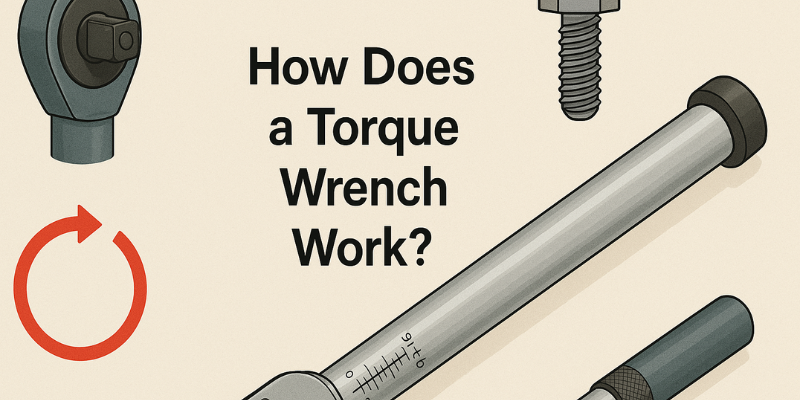
A torque wrench applies rotational force (torque) to a fastener, and notifies the user (either with a click, beep, or visual cue) when the desired torque is reached.
🔧 Common Torque Units:
- Foot-pounds (ft-lb): Common in auto repair (e.g., lug nuts, suspension)
- Inch-pounds (in-lb): Lighter torque (bikes, electronics)
- Newton-meters (Nm): Metric standard in many industries
Most torque wrenches have an adjustable scale or digital input for selecting the target torque.
📦 Types of Torque Wrenches (Explained)

1. Click Torque Wrench 🔉
- Emits a mechanical “click” when desired torque is reached
- Most popular type for auto work
- Affordable, simple, and reliable
✅ Best For: DIY mechanics, car brakes, lug nuts
2. Beam Torque Wrench 📏
- Uses a flexing beam and pointer scale
- No moving parts = highly durable
- Budget-friendly but less precise
✅ Best For: Occasional use, hobby projects
3. Digital Torque Wrench 💻
- Displays real-time torque on a screen
- Provides LED/buzzer/vibration alerts
- Some models include memory storage and torque angle
✅ Best For: Precision work, engine building, pro shops
4. Dial Torque Wrench 🎯
- Analog dial indicates live torque values
- High accuracy for calibration and industrial work
✅ Best For: Aerospace, manufacturing quality control
5. Hydraulic & Pneumatic Torque Tools
- Industrial-grade tools for ultra-high torque
- Used in heavy machinery, wind turbines, and pipelines
✅ Best For: Industrial bolt-up operations
🔩 When to Use a Torque Wrench
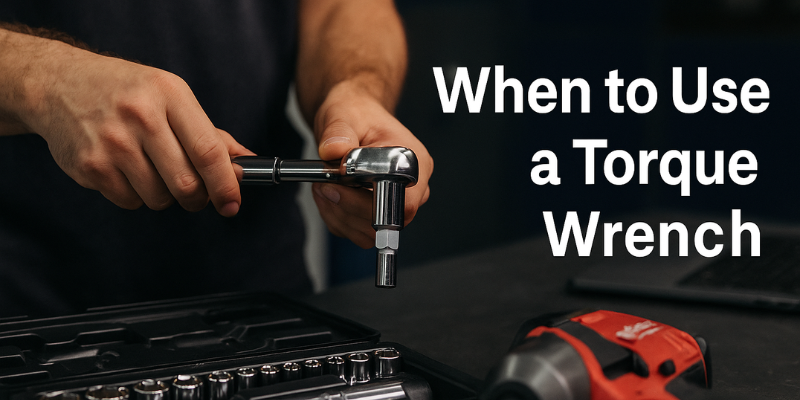
Using a torque wrench is essential anytime a bolt or nut must be tightened to a specific torque specification. This is often required to:
- Prevent part failure
- Ensure uniform pressure
- Meet safety and warranty standards
🛠️ Common Use Cases:
| Application | Typical Torque Spec | Tool Type |
| Car Lug Nuts | 80–100 ft-lb | Click 1/2″ |
| Brake Calipers | 25–35 ft-lb | Click 3/8″ |
| Spark Plugs | 15–20 ft-lb or 180 in-lb | Click 1/4″ |
| Engine Head Bolts | 60–120 ft-lb + angle | Digital 1/2″ |
| Bike Components | 4–8 Nm (35–70 in-lb) | Beam/Digital 1/4″ |
| Drain Plug | 20–30 ft-lb | Click 3/8″ |
🧪 How to Use a Torque Wrench (Step-by-Step)
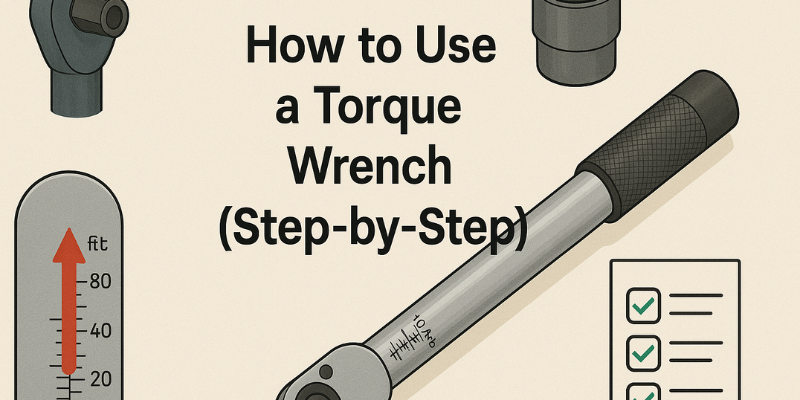
- Set the desired torque using the handle dial or digital input
- Lock the setting if required (on click types)
- Attach the correct socket
- Apply force slowly and evenly
- As soon as you hear a click, see a light, or feel a vibration, stop turning immediately.
- For multiple bolts (e.g. engine heads), follow the tightening sequence
- Reset to lowest torque when finished (for click types)
🛒 Choosing the Right Torque Wrench
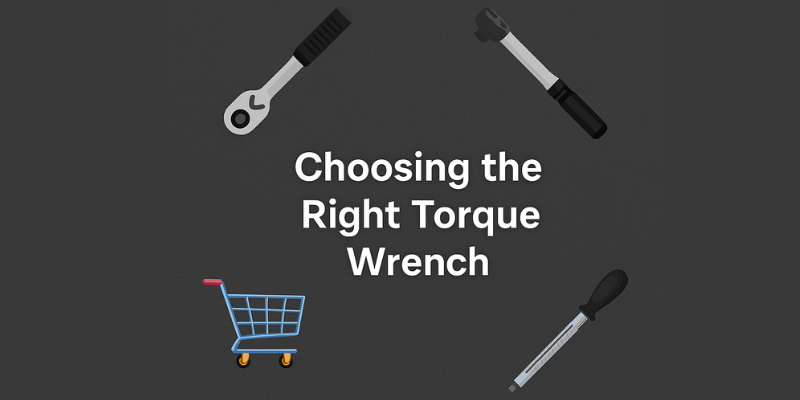
✅ Consider These Factors:
- Drive Size:
- 1/4″ = precision work (bikes, electronics)
- 3/8″ = brake systems, smaller auto bolts
- 1/2″ = tires, suspension, engine work
- Torque Range:
Match the range to the job — too wide a range = less accuracy. - Accuracy Rating:
Look for ±4% for click wrenches, ±2% for digital - Calibration:
Must be factory-calibrated with certificate - Warranty & Build Quality:
Brands like Tekton, GearWrench, and Milwaukee offer solid warranties
✅ Pros & Cons of Torque Wrenches
Pros | Cons |
Prevents part damage and failure | Needs calibration |
Ensures safe and correct tightening | Can be expensive (digital models) |
Required for many repairs | Not ideal for loosening bolts |
Supports warranty requirements | Some models are bulky or heavy |
🧽 Care & Maintenance Tips
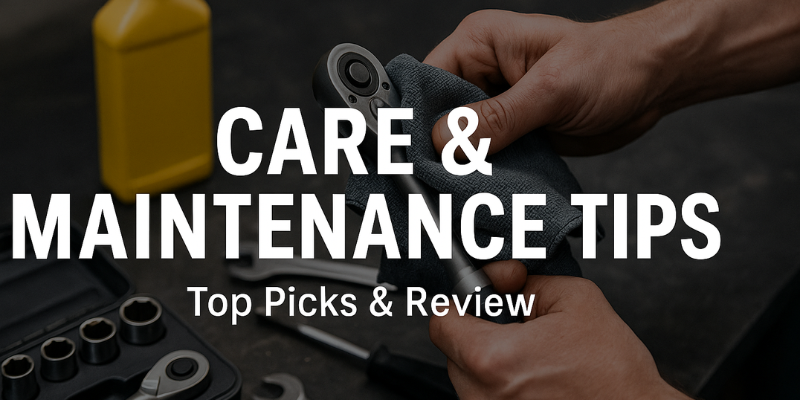
- Reset to lowest setting after use (click type)
- Store in case in dry area
- Avoid using for loosening bolts
- Recalibrate every 12 months or 5,000 uses
- Clean with a soft cloth, not harsh chemicals
🤔 FAQs – What People Ask About Torque Wrenches
Q1: Do I really need a torque wrench?
A: Yes, if you’re working on anything safety-critical (wheels, brakes, engines), torque accuracy matters.
Q2: Can I loosen bolts with a torque wrench?
A: No. Doing so can throw off its calibration. Use a breaker bar or an impact wrench for loosening tasks.
Q3: What’s the recommended calibration schedule for a torque wrench?
A: Every 12 months or after a heavy drop. Digital wrenches may notify you when recalibration is due.
Q4: What’s better click or digital?
A: Click models are durable and budget-friendly. Digital versions offer greater accuracy and easy-to-read displays but come at a higher price point.
Q5: What happens if I over-torque a bolt?
A: You risk stripping threads, cracking parts, or uneven clamping force especially on aluminum components.
Q6: What brand torque wrench should I buy?
- Budget: EPAuto, Lexivon
- Mid-range: Tekton, GearWrench
- Pro-level: Milwaukee, CDI, Snap-On
🏁 Final Verdict
Still wondering what a torque wrench is? Now you’ve got the answer.
It’s a precision tool that saves your parts, protects your safety, and ensures every bolt is tightened exactly right.
Whether you’re rotating tires, tuning a bike, or rebuilding an engine, a torque wrench isn’t a luxury — it’s a must-have for accuracy and safety.

